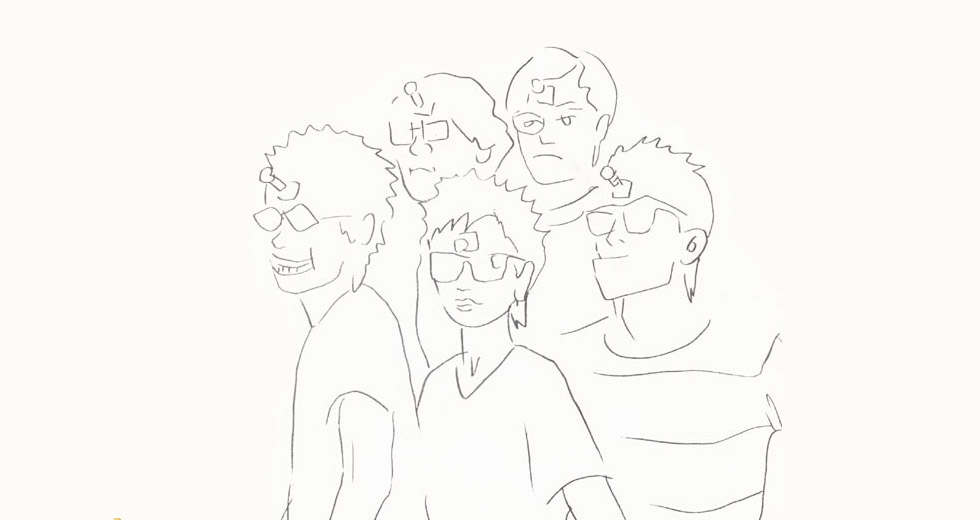Interview: Mariah’s Yasuaki Shimizu
The Japanese bandleader lifts the veil on the cult 1983 LP, Utakata no Hibi
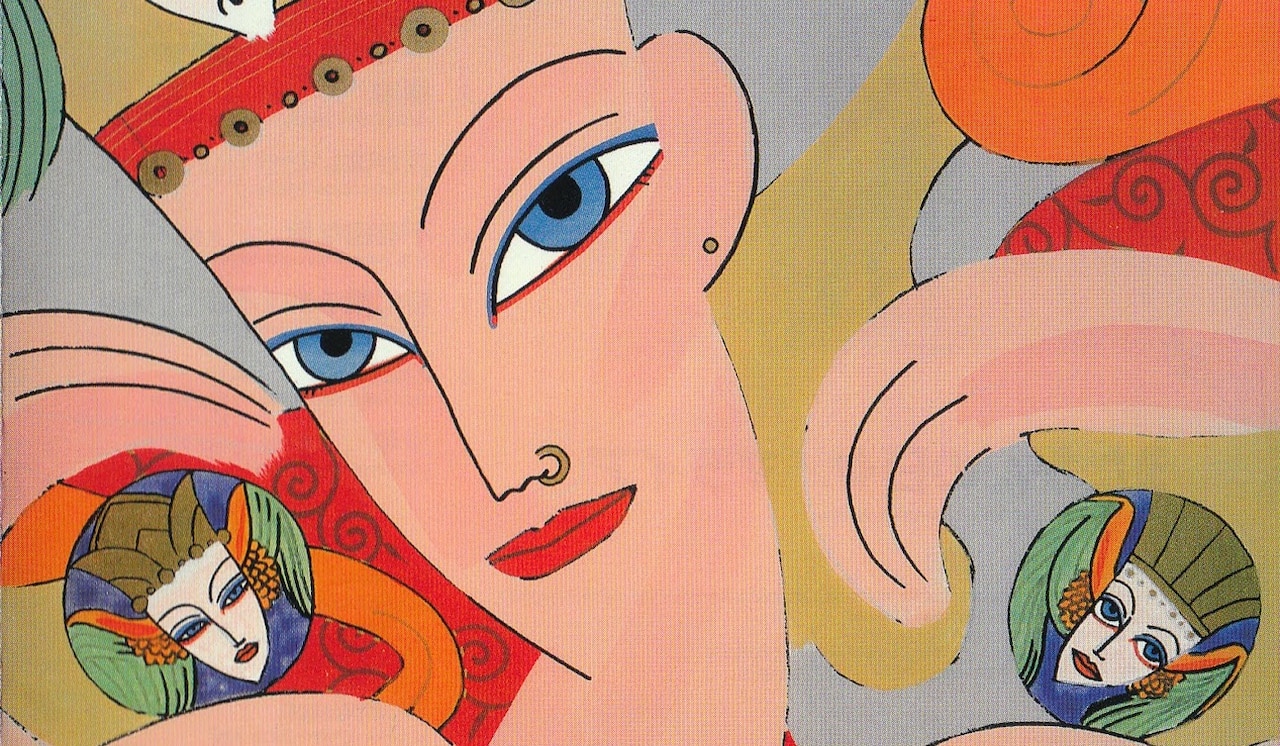
The Japanese concept of utakata takes its name from bubbles forming on the surface of liquids, and is used to describe something of ephemeral or transient quality. Utakata no Hibi, the title of Japanese band Mariah’s 1983 record, roughly translates to “transient, ephemeral days” — or, as bandleader Yasuaki Shimizu puts it, “fugitive days.” As the final album that the group recorded together, it documents the fleeting moment of a creative explosion brought on by Shimizu and his peers, a roaring musical feat that defies categorization.
When Mariah first got together in the late 1970s, their sound was largely indebted to the popular jazz fusion and synth pop of the time, but Utakata no Hibi seems to open the door to a wonderful dreamland where genres no longer exist. Sung half in Japanese and half in Armenian, the record melds East Asian and Middle Eastern tonalities, folklorish melodies with synthetic futurism, upbeat dance rhythms with meditative ambient textures, wonky New Wave, jazz structures and blissful pop ditties. Despite its myriad elements and influences, Utakata no Hibi plays out in astoundingly effortless fashion, like the echo of a forgotten, happy memory seeping back into the subconscious.
Held in high regard by Japanese record collectors, Utakata no Hibi eventually found its way into the record bags and playlists of European vinyl connoisseurs like Optimo and Prins Thomas, and its legend began to spread anew in different musical circles. 32 years after its initial release, and on the heels of a new reissue through Palto Flats, the underlying message of Utakata no Hibi still holds weight. The record exhibits an earnest, respectful and endearing interest in different musical cultures from across the globe, propagating an open and fertile creative exchange.
Yet the context in which Mariah and their records came to be has long remained a mystery, and little information on their groundbreaking work has been relayed to the English-speaking world. Anthony Obst recently conducted an email interview in multiple parts with Mariah mastermind Yasuaki Shimizu, hoping to finally bring some light to their accomplishments.
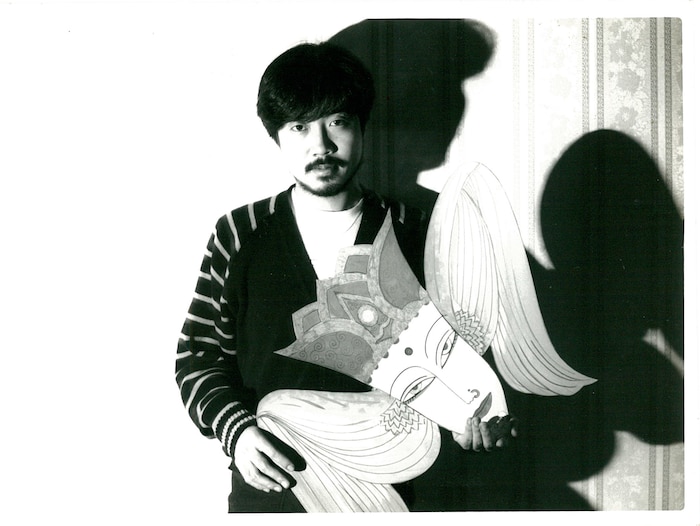
How did Mariah first come together?
The first member I got to know was the drummer Hideo Yamaki, when we were both in our mid-twenties. As I recall, we met at the house of a super-famous Japanese drummer, who was giving us an endlessly long lecture on what it takes to become a great musician. The two of us were bored silly. We left, went to a bar, talked until sunrise, and parted with the decision that we wanted to work together. Yamaki and I played together frequently after that, putting together mixed-bag groups and performing around the country.
I met keyboardist Masanori Sasaji at a jazz club in Tokyo. I heard him perform, standing at the back of the venue, and went backstage immediately after the performance to meet him and tell him he was amazing. Yamaki, Sasaji and I then had session after session that wore us out completely, as if we were frantically searching for something very dear to us.
We were living in a weird and wonderful world.
It was around the same time that Jimmy Murakawa suddenly turned up before me one night when I was hanging out at the back of a club and mumbled, “Hey Shimizu-san, we need to talk.” I recognized him immediately as a desire-driven Kyushu-boy (stereotypically tough, “manly,” monosyllabic, hard-drinking), but he had a sort of “looseness” that I’d never encountered before, which I found refreshing. He ended up becoming one of our main lyric writers and the vocalist on all Mariah albums except Utakata no Hibi.
Bassist and backing vocalist Morio Watanabe and guitarist Takayuki Hijikata had formed a band together with the drummer from another group that Sasaji and I were in. I met them when that drummer invited me to perform with them as a guest. Hijikata had a mild-mannered nature diametrically opposed to the demon he became with guitar in hand. Watanabe was cool and mysterious, the words he’d mutter were like sushi suddenly appearing from a time-space hole in a deep forest. The five of us were getting together just about every day, and I finally suggested we make a go as a band.
That’s the core group of Mariah, but on Utakata no Hibi there is one other key person that cannot go unmentioned: Aki Ikuta, who virtually acted as co-producer. At the time he was mainly playing in and coordinating jazz sessions, and doing related management work. He was a close friend of mine and with Utakata no Hibi I persuaded him to get involved in the production.
Our days together were indeed “utakata no hibi” (“fugitive days”). If anyone had overheard our conversations they’d have had no idea what we were talking about. We were living in a weird and wonderful world.
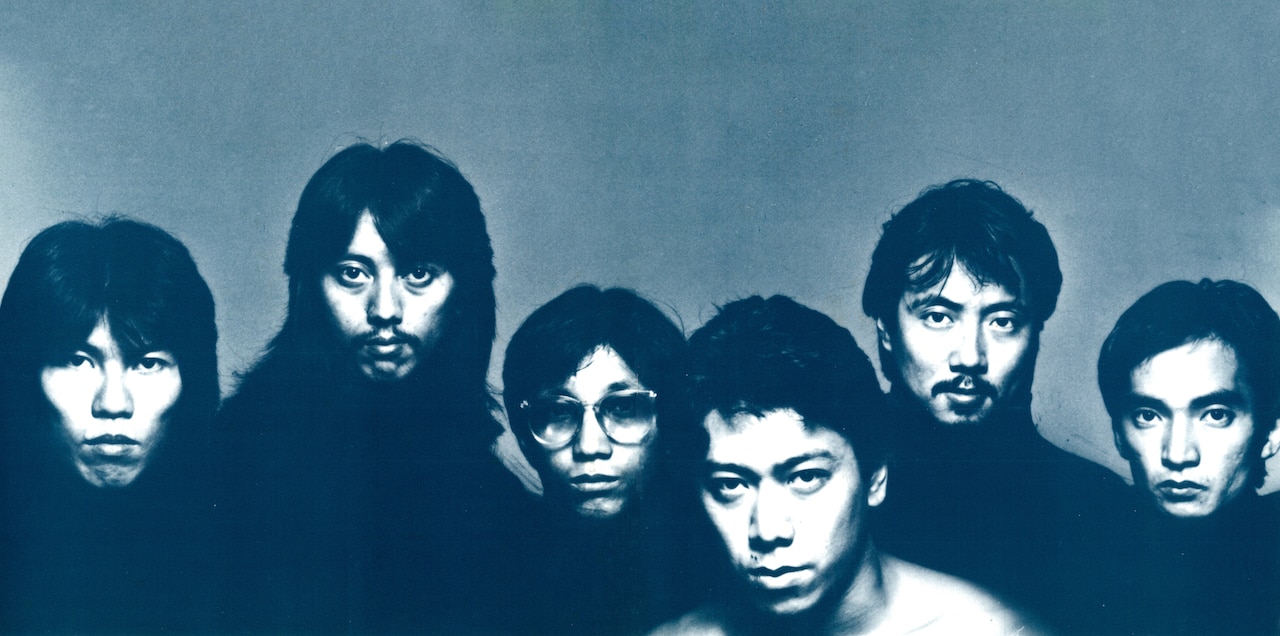
Legend has is that jazz fusion fans were largely disappointed when they first heard Mariah, since they had been expecting to hear a different sound. Is that true? Can you explain more about that situation?
From the time I was a child, I had been obsessed with “sound” pushed to the extreme. I was born in 1954, and as I began to take notice of things around me, I suddenly became aware of the fact that there was music from different countries and cultures all around me: Western classical music, rock ’n' roll, jazz, French chanson, canzone, flamenco, Hawaiian… Japan has always had a desire to adopt different cultural elements from other countries, and that resulted in myriad genres of music infiltrating our lives.
I was involved in the jazz scene for a short period from the second half of the 1970s to the beginning of the 1980s, performed together with different musicians, and immersed myself totally in music. My desire to explore sound in many different ways crystallized, I think, as the “Mariah sound.” It may have been difficult for people to understand.
As you said, Mariah’s position in the music scene at that time was suspended, up in the air, and irritating for some people. Record shops had Mariah albums in the jazz section, and the people who bought records in the jazz section were saying “this isn’t jazz,” while the people who heard Mariah on the radio and went to buy the album couldn’t find the “right” section of the record store.
Who were some of the artists that informed the sound of Mariah, both Japanese and international?
I think the time around 1983, when Utakata no Hibi was released, was a time when the distribution map of the world’s musical whirlwinds had changed slightly. I said this before but Japan was awash with music from a great many genres since ancient times. For the most part, however, things had come through a Western filter. People like me were obsessed with getting our hands on stuff we had never heard before and used every means available to come by information and records and other sound sources, but I think the general public’s interest was extremely shallow. It was very difficult in Japan to get hold of, say, African music, like The Drummers of Burundi. But then from around the end of the 1970s, lots of small record shops starting opening up in Tokyo, and music from all around the world became relatively easy to obtain.
The direction of Japanese pop music also changed at the time. People developed a liking for songs with a stronger beat. YMO appeared. They were the billboard band of techno music, so they tended to have a cool, inorganic image, but their rhythm was hot and strong. People slid right into the pleasant groove of the beat, and got transported, danced like souls possessed.
I was strongly attracted to African and Southeast Asian music at the time, but had no interest in imitating that genius; I perceived it more as a way to expand my own sonic vocabulary. In that sense I was also very inspired by the new wave and punk scenes. I was tuned to that attitude. Among the many things I listened to, I was most attracted to The Flying Lizards. I met David Cunningham thereafter, and we collaborated on many different things.
What was it that attracted you to the sound of The Flying Lizards? Was there a sort of cross-pollination happening between the Japanese and the UK new wave and punk scenes?
What attracted me to the sound of The Flying Lizards was its fluctuation, its twistedness, its muddiness. When I was a child, I had several bouts of being delirious with fever, and their music had the texture of the visions I had had on those occasions. I was knocked out by the album Fourth Wall – I still listen to it often. “Cross-pollination” is a nice expression. Yes, a number of New Wave bands had emerged in Japan, too. The “heta-uma” – (seemingly) unskillful, but profoundly impressive – aesthetic was the rage at the time, in art and music for sure, but also in many other genres.
How did Armenian end up as the secondary language of Utakata no Hibi?
Tokyo is home to people of many different nationalities living in complex relationships with each other. I interacted a lot with the foreigners living in Tokyo and was fortunate enough to meet some great people in the process. In the early ‘80s, I experimented with a number of different people, but I guess you could say that for this record Julie’s vocals and Seta’s lyrics were most on my wavelength. The two of them were close friends. Seta Evanian was an Armenian artist, and the wife of Mariah bassist Morio Watanabe. Julie Fowell, who sang on “Shinzo no Tobira” and the other tracks in Armenian, was also a visual artist, not a professional singer.
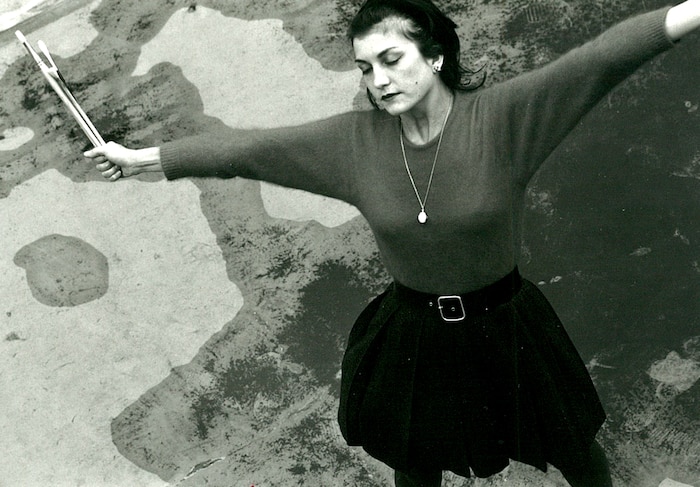
They came to the studio every day, and after listening to the sound, withdrew into a small, dark room and later presented us poems, in fragments. In Armenian! I was completely blown away by the resonance of that language. I remember the inspiration that flowed through me when we were collaborating, the feeling of an eternal breeze brushing your cheek.
What can you tell us about the cover art of Utakata no Hibi? Who’s the artist and what does it represent?
I love the cover art. It’s the work of Yla Okudaira, who is an illustrator, a manga artist, a musician (for fun) and a friend. He worked out of Mariah’s office. Okudaira, co-producer Ikuta, and the rest of us would hang out at the office late every night, get fired-up talking nonsense. We also got totally into the word processor, which at the time had just come on the market, and took turns writing whatever we fancied, calling it “the novel!” Somehow we all shared an idiotic vein. He of course created the cover illustration especially for this album, but I think it was also an extension of the kind of work he was doing at the time. The Mariah office was like a small music farm. And Utakata no Hibi was the product produced at that small farm. Thankfully, big business Nippon Columbia handled the production costs, plus gave us the freedom to produce what we liked.
[T]he record was the sound of a line drawn by a petal in the wind alighting on a river, and going with the flow.
What was it that eventually drove Mariah apart ― or, as you say, the “small music farm” to disperse?
Sometime after Mariah recorded its fourth album, Red Party, I think the directional quality of each of the members began to change. When I conveyed my ideas for Utakata no Hibi’s rich, exuberant, wealth of sound, with the exception of Morio Watanabe and Hideo Yamaki, most of the other members were opposed to the direction, and I think probably even disliked the sound.
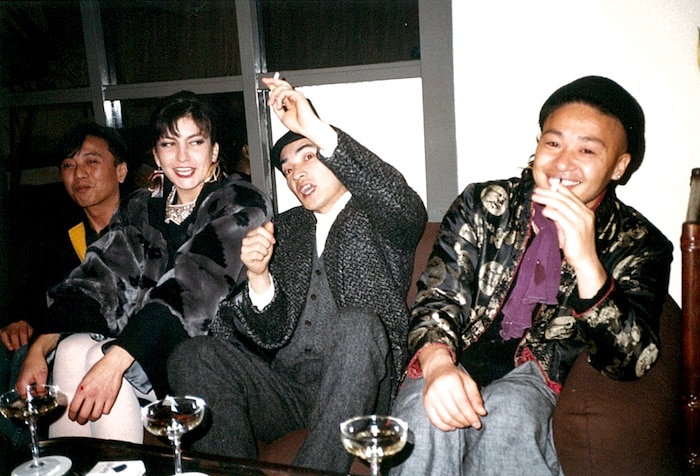
You made four other records as Mariah, but none of the others seem to have had the same impact as Utakata no Hibi. How do you explain the cult status of this particular record?
Mariah’s activities ended after a few years and Utakata no Hibi being our final album had special meaning, I think. Like many other bands, Mariah worked in a democratic way. In composing and in performing we integrated what everyone wanted to do while making the most of each member’s special qualities. However by our fifth album, we were all reaching a more independent stage in our careers. In my case, all the fragments I had collected to date suddenly started to integrate. A light bulb went off inside me and with it came the desire to make what became Utakata no Hibi. I realized only later that behind the making of this album had been hundreds and hundreds of hours of work in the recording studio.
As to why it took on cult status — maybe it’s because the record was the sound of a line drawn by a petal in the wind alighting on a river, and going with the flow.
